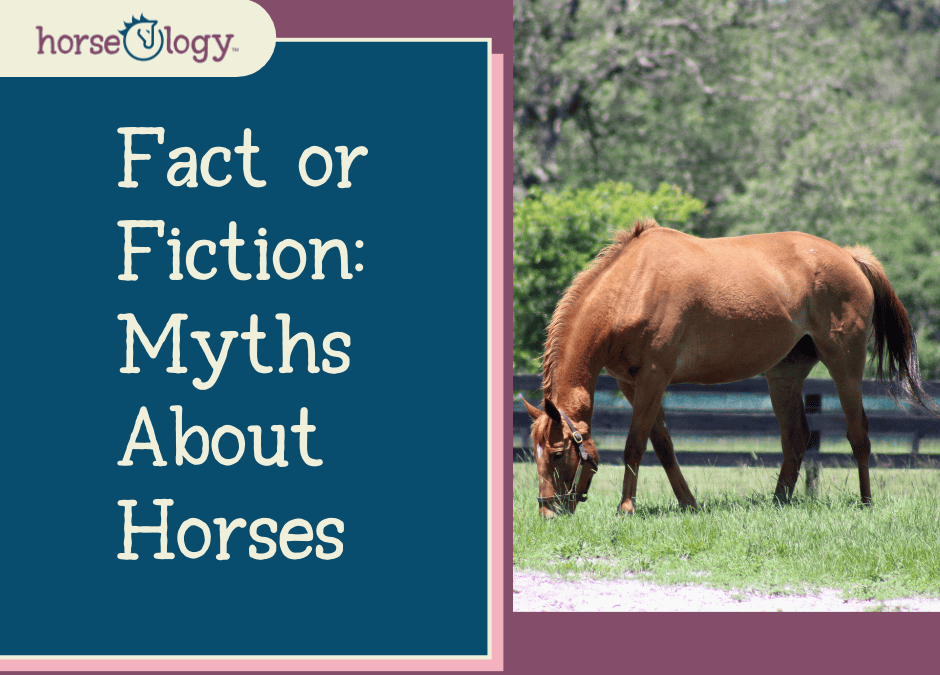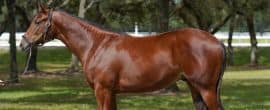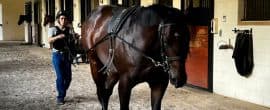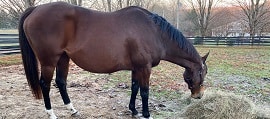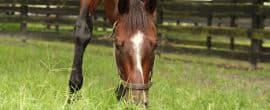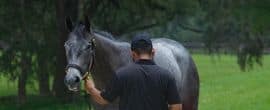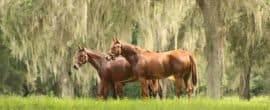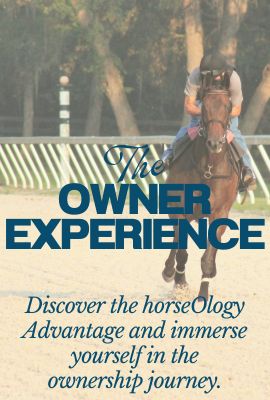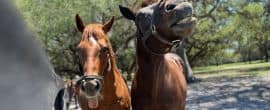Horses are exceptional animals. They have a unique evolutionary history and have contributed to the success of humanity for thousands of years. Horses come in all shapes and sizes, but equine behavior isn’t a mystery. However, myths are still out there. Let’s bust a few of the common myths about horses.
Myth: Horse Hooves are Solid
Sure, they feel solid when kicking you, but horse hooves are more like human nails. Horse hooves are remarkable structures that serve as the foundation of their movement and provide crucial protection. Hooves are primarily composed of a tough and resilient material called keratin, the same protein found in human hair and nails. Keratin forms a dense outer layer known as the hoof wall, which surrounds and shields the sensitive inner structures of the hoof. This outer layer is highly durable, designed to withstand the rigors of a horse’s daily activities.
Inside the hoof, a soft, flexible material called the sole provides additional cushioning and support. It acts as a shock absorber, protecting the underlying structures from excessive impact. The hooves also feature a triangular wedge of dense, elastic tissue known as the frog, which aids in traction and circulation. Together, these specialized components ensure that a horse’s hooves are sturdy and adaptable, enabling them to traverse various terrains with grace and agility.
Myth: Horses are Just Big Dogs
While horses and dogs are both mammals and share certain similarities, they are distinct species with significant differences in anatomy, behavior, and purpose. Horses are significantly larger than dogs, with an average height ranging from 4.5 to 6 feet at the shoulder. Their bodies are built for speed and endurance, featuring long legs and powerful musculature designed for running and carrying heavy loads. In contrast, dogs have a more compact and varied range of sizes depending on the breed. Horses are herbivores with a digestive system adapted to graze on grass and plants. On the other hand, dogs are omnivores and have a shorter digestive tract suited for a mixed diet.
Horses communicate through a complex system of body language and vocalizations and prefer to live in herds. Although also social, dogs have a more varied range of social structures and can be part of packs or live independently with humans. A horse’s strength and ability to carry riders or pull heavy loads have made them valuable for various tasks. Dogs have been bred for companionship, hunting, guarding, or assisting in tasks like herding or search and rescue. In training, horses are generally more responsive to consistent and patient handling, relying on cues given by their riders or handlers.
Myth: Horses Only Sleep Standing Up
Horses have the remarkable ability to sleep both standing up and lying down. Their sleep patterns are unique among mammals due to their evolutionary adaptations as prey animals. Horses have a system called “stay apparatus” that enables them to lock their leg joints in place, allowing them to relax and rest while remaining on their feet. This mechanism helps them to respond to potential threats in their environment quickly. When a horse is in standing sleep mode, it is often dozing or in a light sleep state, and it can promptly awaken and react if necessary.
But horses must lie down for deep REM sleep, which is essential for their overall well-being. They typically lie down for short periods of deep sleep, usually lasting about 15-30 minutes. During this time, horses may exhibit snoring, twitching, and occasionally lying flat on their sides. These restful moments allow them to fully recharge and rejuvenate their bodies and minds before returning to their standing sleep state.
Myth: Horses Communicate Through Neighing
Horses are highly expressive animals that rely predominantly on body language to communicate with each other and humans. They convey various emotions, intentions, and social cues through subtle movements and postures. Gestures such as ear position, tail movement, head carriage, and body posture convey aggression, submission, relaxation, or alertness messages.
Horses also use vocalizations to communicate, with the most recognizable being the neigh or whinny. When a horse neighs, it typically signifies an expression of excitement, greeting, or calling out to other horses. Neighing can also indicate a state of distress or anxiety, particularly when the tone is high-pitched or continuous. The context, accompanying body language, and overall demeanor of the horse are essential factors in interpreting the meaning behind their neigh, as it can vary based on the situation and individual temperament.
Myth: Horses are Colorblind
Horses are not completely colorblind, but their color vision differs from ours. Horses have dichromatic vision, meaning they perceive a more limited range of colors than humans’ trichromatic vision. Horses are most sensitive to shades of blue and green, while they struggle to distinguish between colors on the red spectrum. They perceive red as a shade of gray or brown.
However, horses have excellent night vision and a wider field of view, making them adept at detecting movement and navigating their surroundings in low-light conditions. While color may not be as crucial to their visual perception as it is to humans, horses rely on other senses, such as keen hearing and a well-developed sense of smell, to interact with their environment effectively.
What other myths have you heard?
Meet the Ologists
Follow horseOlogy online and on Facebook, Instagram, and YouTube to learn more about our team, thoroughbreds, and services. Call us at 855-HORSIES (855-467-7437) to set up your visit to our facility.

